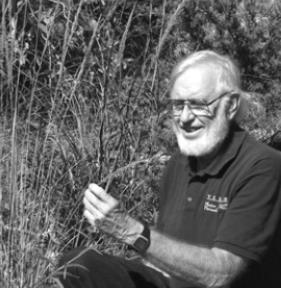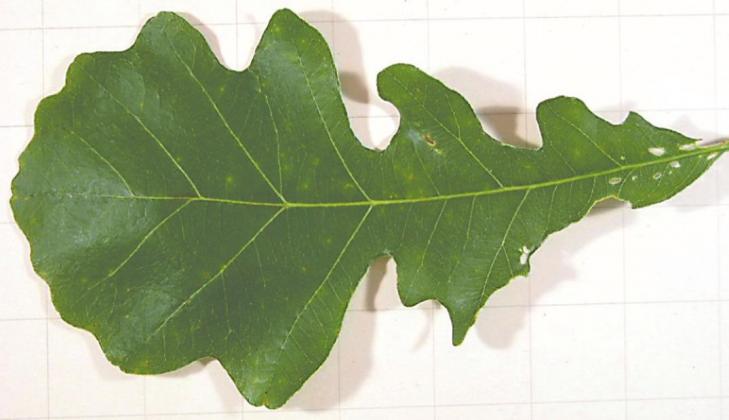Leaves: Common, Complex, and Essential to Life as We Know It.
Ask someone what the first word is that comes to mind when you say the word “leaf,” and the great majority will say “green.”And with good reason. When you look at the countryside, when you look at the trees, the shrubs, the grass, the forbs, what you see is green, at least for most of the year. When you think of spring, you think of brown turning to green.
The substance in the leaves that gives them their green color is chlorophyll. And the chlorophyll is important not because it is green, but because of the function it performs within the leaves, which makes it essential to virtually all life on earth as we know it. Chlorophyll absorbs energy from the sun and uses the energy to convert water and carbon dioxide into carbohydrates (sugars, starches, cellulose).
Both water and carbon dioxide are in the most highly oxidized, stable forms of hydrogen and carbon, and they do not naturally react with each other. Bubble carbon dioxide into water and what do you get? Carbonated water: a solution of carbon dioxide dissolved in water. Most of us drink at least one carbonated beverage every day. But the carbon dioxide and the water didn’t react with each other—leave the top off a bottle of coke, and in time the carbon dioxide will evaporate out of the solution.
But in the presence of chlorophyll and sunlight, carbon dioxide and water can be made to react with each other to form much larger molecules called carbohydrates--molecules containing carbon, hydrogen and oxygen. Some excess oxygen is also formed. Potential energy is stored in the bonds between the individual atoms of the carbohydrates. When we eat sugar or starches, or when ruminants eat cellulose, our metabolic processes breaks down the carbohydrates back into water and carbon dioxide, which are expelled, and the energy contained in the carbohydrate molecules, which came from the sun, is used to power all of our bodily functions.
So even if you never eat any green leaves, or if you are an obligate carnivore, your life still depends on leaves and their chlorophyll to make carbohydrates which power most all life on earth.
The underside of most leaves contains microscopic structures called “stoma” which are tiny openings into which carbon dioxide from the air can enter the interior of the leaf and also excess water can evaporate in a process called evapotranspiration The excess oxygen produced in the photosynthesis reaction also escapes from the stoma. Essentially, leaves can “breathe.”
By the way, the process just described explains how the oxygen content of the earth was formed in the beginning.
The size of the openings can be controlled by the leaf to let more or less carbon dioxide in and to release more or less water, depending on what the plant needs at any one time. So leaves may be smarter than you thought they were.
In order to get the water and minerals necessary for the photosynthesis, the leaves have to get it from the soil via the roots and the xylem structures in the stems (trunks). The way the leaves do this is to open the stoma allowing more water to evaporate from the leaf. This causes capillary action in the plant to replace the water lost by evaporation and therefore to bring more water and minerals up from the roots to the leaves.
In the fall, when deciduous plants stop making chlorophyll, the green of the leaf will disappear. For many trees and other plants that show fall color, the color of other components in the leaf will then dominate, and the leaf may appear to be yellow, red or some combination of those colors. Once those colors also disappear, the leaf will usually appear some shade of brown.
The final step in the life of most deciduous leaves is for the attachment of the leaf to the twig or stem to break, and the leaf will fall.
Then in the spring, for woody deciduous plants, when the conditions for that plant to resume growth occur, carbohydrates stored throughout the winter in the roots will be brought up the xylem structures in the trunks and branches to swell the buds formed the previous year, and the growth of new leaves begins.
All of this happens in an organism with no brain or nervous system and with no help from us. Just another wonderful, mysterious example of Mother Nature at work, without which virtually all life on Earth would cease.
Until next time…
Jim Stanley is a Texas Master Naturalist and the author of the books “Hill Country Ecology,” “Hill Country Landowner’s Guide” and “A Beginner’s Handbook for Rural Texas Landowners.” He can be reached at <jstmn@ktc.com>. Previous columns can be seen at <www. hillcountrynaturalist.org>.


